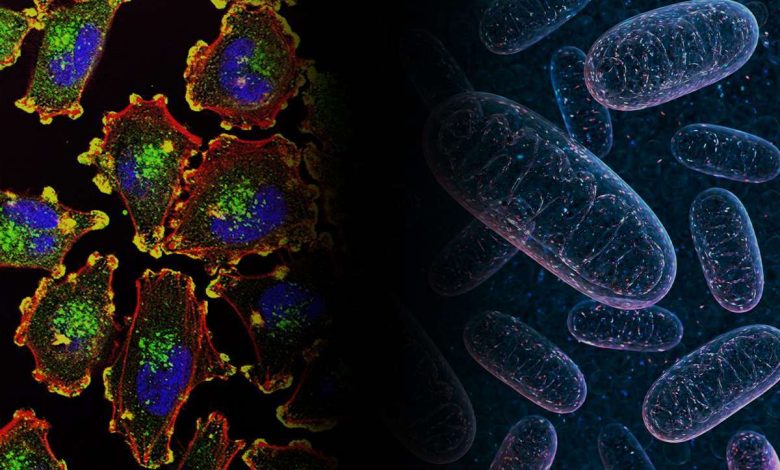Morphological characteristics of the tumor cells

When cytological diagnosis of tumors used different diagnostic criteria, than in the study of histological section. In histopathology, the diagnosis is based on a comparative study of the morphological features of adjacent cells., evaluating their position with respect to each other and to the stroma, determining the number of mitosis, etc.. P.
Cytological assessment is based, mainly, on certain morphological features of individual isolated cells, their nuclei, nucleoli and cytoplasm. However, in the cytological diagnosis when it detects a group of cells used histopathological criteria.
The starting point is the knowledge of cytology Cytology body, cloth, seats, from which the material is taken, to be tested, and a method for its preparation (punctate, scraping, imprint, wash, etc.. d.).
When studying the test material you need to determine the nature of the pathological process - Inflammation, hyperplastic or neoplastic. When the puncture body is facilitated by the research problem, that deliberately punctured tumor mass and can only solve the problem of his malignant or benign.
The presence in a punctate clusters and groups of evenly spaced cells, equal in magnitude, similar to each other in the structure of the cytoplasm and the nucleus shape with a small nucleolus, the same type of structure of nuclear chromatin network, It allows you to draw a conclusion about the nature of benign tumors.
- In determining the degree of malignancy of the cells the following indicators:
- The size and shape of cells;
- Nuclear-NC ratio (the size of the nuclei);
- Number of kernels per cage;
- Form, coloring and contours of the nuclei;
- Chromatin structure;
- The presence of nucleoli, their size and number of;
- Characteristic of mitosis (typical, asymmetric);
- Amitosis cores;
- The combination of figures of mitosis and amitoza;
- Availability of multi-core structures (symplast, syncytia);
- Dimensions and paintability of cytoplasm;
- The presence of inclusions;
- The presence of Dystrophic changes (vacuolation, zhirovaya dystrophy, keratinization);
- The number of cells and their location (apart, groups, in shreds);
- Formation of typical structures (ferruginous, papillary, "Pearls" and so forth.).
The main property of malignant tumor cells is a change in their dimensions when compared to normal cells of the original tissue. Only tumors with signs of extreme immaturity characterized by cells of lesser magnitude, than the original tissue cells. Cancer cells are also characterized by polymorphism and large nuclei, due endomitosis. Most clearly expressed in the cells of large size, but they are sometimes observed small cores. Tumor cells may contain 2-4 or more nuclei.
In addition, the frequent and syncytia symplast with a huge number of cores, that is characteristic of malignant tumors.
Cores can have an uneven surface, different size and shape (round, oval, oblong-rod-, palmate, triangular, etc.. d.). The contours of the nuclei wrong, unevenly-twisting, It can be sharply defined. Network chromatin is delicate, the thicker, which affects the color intensity of the nucleus. A dense network of chromatin is not the result of a large number of chromosomes in the nucleus. In the nuclei of cancer cells has one or more large nucleoli, mostly with irregular, angular contours. Tumor cells, as normal cells, divided kariokineticheski, but tumors significantly increased the number of mitosis. There are atypical figure division: asymmetric mitosis, multi-shaped, abortive mitosis. Atypical forms of mitosis are not specific for tumors, because observed in inflammatory, and regenerative processes.
Also mitosis in malignant tumors observed amitosis. Products direct cell division, by- Apparently, we can assume some multinucleated cells, syncytial formation in tumors and simllasty. There may be also a combination of mitosis and amitosis, which is typical for rapid malignant growth. The structure of the cytoplasm in the evaluation of malignant cells does not really matter, more indicative of its degenerative changes (fatty degeneration, vacuolation, actinic and others.). With the simultaneous study of many cells listed signs of malignant growth create a picture of the cell and nuclear polymorphism. The degree of polymorphism may be different: the brighter it is expressed, the malignant nature of the tumor growth. Cally different histological types of malignant neoplasms m inherent in different degree of polymorphism.
